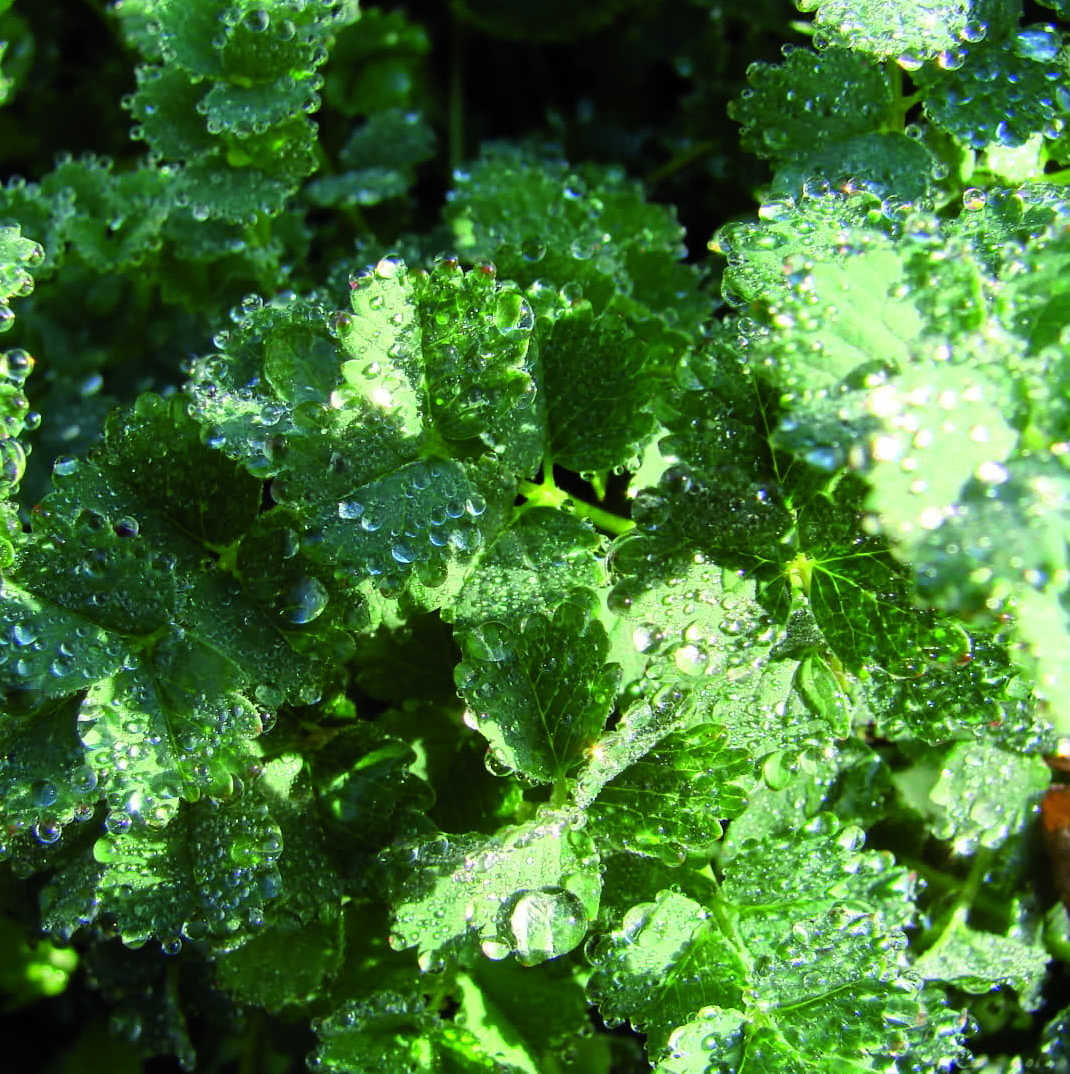| Maturity (days) | Perennial |
|---|---|
| Plant height (cm) | 30 |
| Spreading (cm) | 30 |
| Formulation | Untreated |
Burnet
Burnet
5.99$
In stock
Burnet has been added to cart
Buy 3 and get a 10% discount
A herb that offers as much a nutty taste than a cucumber taste. Use the leaves in vegetable or fruit salads.
Cultivation mode
Plantation : Indoor: sow in peat pots or multi-cells. Wait 20-40 days for seedlings to appear and maintain soil temperatures 18-20 °C.Outdoor: you will sow it in the poquet in May. Dig holes 3 cm deep every 25 cm. Make pockets of 3 seeds per seed hole.
Soil : Indoor: A well-drained, porous seedling soil is ideal for preventing overwatering.Outdoor: the little burnet will appreciate dry, deep soils, if possible limestone. It will acclimatize very well in a rock garden or in the interstices of a stone border. Avoid soils that remain soggy in winter. Do not hesitate to add a little gravel when planting to promote drainage!Container: Use a mixture of garden soil, mature compost and sand in equal parts.
Spacing : space them 30 cm in all directions.
Cultural practices : pinch the inflorescences to lengthen the harvest period of the leaves. Locate your plants before winter because they will be more discreet but will start again the following spring.In the spring remove the withered leaves. No water intake except the first year. Perennial and rustic, it will stay in place for several years.
Harvest : harvest the leaves from May until October. Cut the stems and leaves. The cut promotes regrowth. Harvest the leaves preferably in the morning as and when needed.Not only is the lovely foliage attractive, it is delicious. Burnet has a hint of cucumber and green nuts, with a hint of bitterness and astringency. Use fresh, young leaves, as drying destroys their delicate taste. In cooking, it is used in green salads, mesclun, mixtures of raw vegetables or even in pesto for its refreshing flavour. Its flowers are edible.
| Latin name |
Poterium sanguisorba |
|---|

